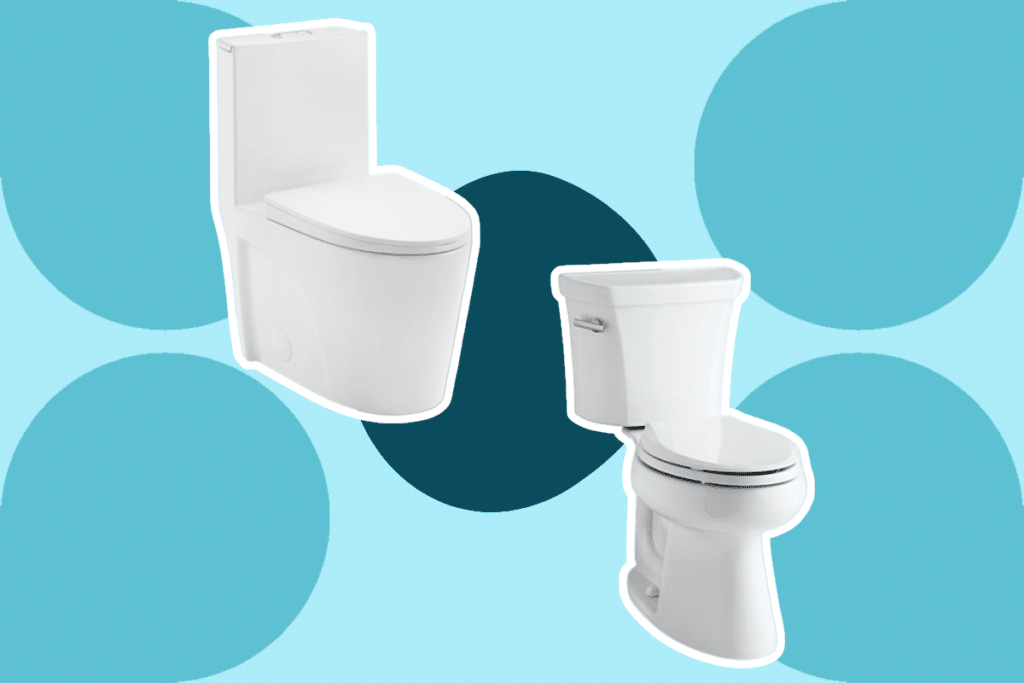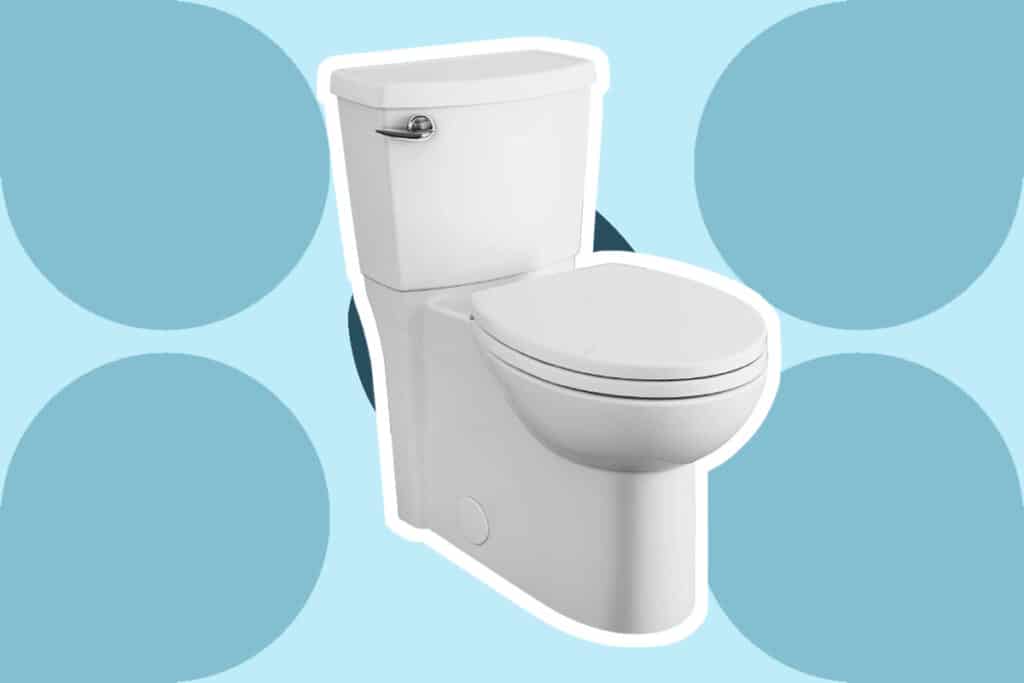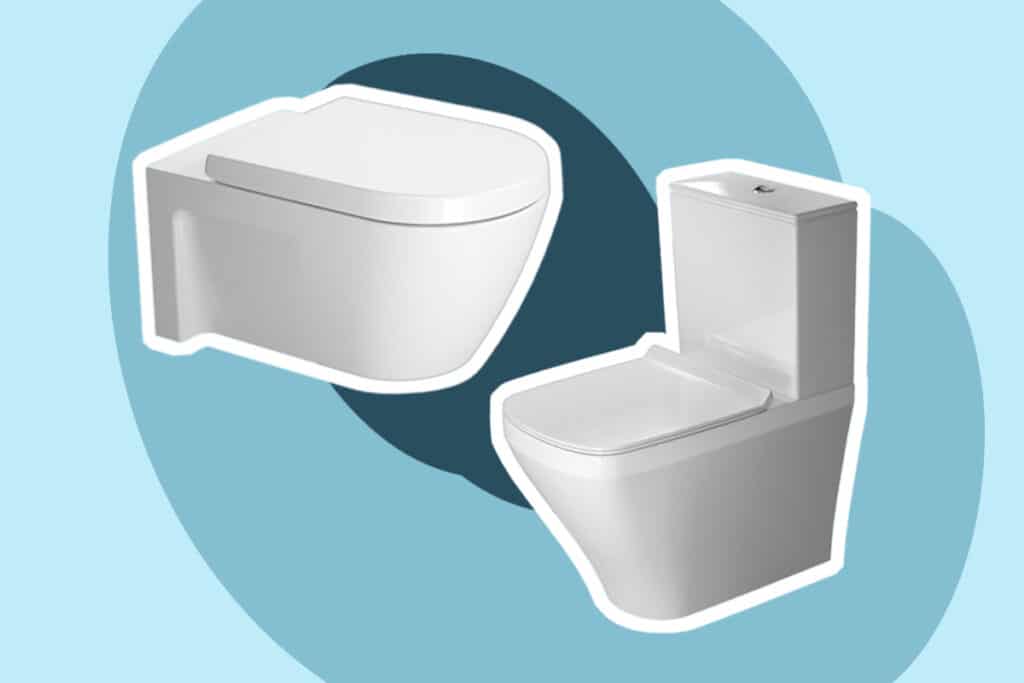

Have you ever opened the lid of your toilet to find a black ring around the bowl staring right at you? That’s mold in your toilet. It doesn’t even have to be black, it can come in different colors and shapes. Also, mold grows quickly in different places in the toilet.
Besides, you don’t have to suffer issues with water damage to have mold in toilet, it naturally develops and spreads in places with a constant presence of water and optimal temperature which you can’t always control. Even though you can’t always prevent the presence of mold, you can get rid of them to prevent any harm. If you’ve never really found a way to remove mold in your toilet tank, don’t look further because help is here. In this article, we’ll discuss everything you need to know about the causes, the dangerous effects, and how to get rid of black mold in toilet.
We know you’re itching to know what causes black mold in toilet bowl. Well, we’re not going to disappoint you. First of all, mold is a fungus that can develop on various surfaces, especially surfaces that are damp and have remained so. Since the toilet is typically a moist environment, mold growing in toilet is not uncommon.
If your toilet is not flushed often or is not used frequently, it’s more prone to developing a mold problem than a toilet that is flushed several times a day. When a toilet is rarely used, it’s typically less cleaned, thus opening the floodgates for mold spores to grow and expand into a more complicated problem.
Even if you have the best smart toilets, best touchless toilets, or best flushing toilets in your home, you may not escape mold. Even though these toilets sport great designs and functions, they can’t effectively keep mold at bay unless you control it.
Not only is mold disgusting to the eyes, but it’s also quite dangerous and shouldn’t be taken for granted. You can’t sit around and say, “it’s just a stain, I won’t get hurt”. Don’t do that; mold can actually hurt you when you’re exposed to the spores. The most worrying part of having mold in the toilet bowl is it can be dispersed in water droplets or the air when you flush.
Therefore, you must do everything you can get to get rid of mold from your toilet bowl or tank as soon as you notice it before it can cause damage. If the mold in the toilet bowl tank is not dealt with, it can cause allergic and respiratory symptoms according to the New York State Department of Health. Trusted Source Mold and Your Home: What You Need to Know Molds, like most fungi, break down plant and animal matter in the environment. They can grow almost anywhere there is moisture and organic material such as in soil, on foods and plants, and in people’s homes. To reproduce, molds release spores, which can spread through air, water, or on animals. www.health.ny.gov
As we’ve mentioned a few times in this article, it’s not a rare sight to find mold in toilet bowl below water line or any other place in the toilet, but getting rid of them has to be a priority. Below, we’ll discuss some easily accessible materials that you’ll need to get rid of toilet mildew:
We bet that you have bleach in your home. After all, almost everyone has the chemical in their house. Even if you don’t have it, it’s readily available in stores. Bleach is very effective for getting rid of mold in toilet. To remove mold with bleach, get a disposable bottle and fill it with 1 part bleach and up to 10 parts water. Mix the solution and pour it around your toilet bowl and into the toilet water.
Then, scrub every part of the toilet, including the hard-to-reach areas, with your toilet brush. Proceed to flush the toilet. Add 1 part bleach to the toilet tank water a few times a week to control mold growth.
Vinegar is another household product that comes in handy in controlling black mold in toilet. Hence, we’ll teach you how to use vinegar to clean black mold in the toilet. Pour 1 cup of the solution into the toilet water tank and another into the toilet bowl. Then, sprinkle baking soda in the bowl and let it sit for about an hour. Next, scrub the inside of your toilet bowl with the toilet brush.
Wait another 15 minutes before flushing the toilet. Add one cup of vinegar to the toilet tank water a few times per week to prevent mold growth.
Lastly, hydrogen peroxide presents another alternative cleaning solution for mold. To use this chemical, pour a cup of it into the toilet bowl and scrub every part of the bowl using the toilet brush. Ensure that you reach underneath the rim too. Then, wait for 15 minutes to allow the hydrogen peroxide to sit. Finally, flush the toilet bowl. Repeat this cycle once or twice a week to keep mold away.
While black mold is the most common, pink and orange mold can also develop in toilet tank bowl.
Pink or orange mold develops around the edge of the toilet bowl’s water level. Contrary to what you’ve probably always known, “pink mold” in toilet isn’t a mold. Instead, it’s an airborne bacteria called Serratia Marcescens which is known for settling as a pinkish-gray film on a moist surface like the toilet bowl.
Even though the Serratia Marcescens is most commonly called the “pink mold”, it can grow in various colors from pink to bright orange. Serratia Marcescens is nearly as harmful as the black mold. According to the United States (US) Centers for Disease Control and Prevention (CDC) Trusted Source Etymologia: Serratia marcescens Serratia marcescens, which can cause nosocomial outbreaks,and urinary tract and wound infections, is abundant in damp environments (Figure). It can be easily found in bathrooms, including shower corners and basins, where it appears as a pink–orange–red discoloration, due to the pigment known as prodigiosin. Serratia was discovered in Italy in 1819 when it affected polenta in a small town near Padua. wwwnc.cdc.gov , the bacteria can cause nosocomial outbreaks, and urinary tract and wound infections.
Cleaning a Serratia Marcescens-infected toilet bowl is fairly easy. You’ll need a bowl cleaner that has chlorine. Pour the cleaner into the bowl and scrub with the toilet brush. Then, wait for a few minutes to let the solution sit. Finally, flush the toilet.
If you can’t seem to find a trustworthy cleaner, you should consider the Instant Power 1806 Toilet Tank Cleaner. According to most reviews, it’s an excellent solution for removing the buildup of calcium, hard water deposits, mold, and Serratia Marcescens.
Alternatively, consider the equally effective Hurriclean – HC-MO48 Toilet Tank Cleaner which offers great value for money with its three 4-ounce packets. The solution triggers a chemical reaction with water that produces a powerful cyclonic foaming action that gets rid of buildup and scum.
As we’ve established in this article, the presence of mold is not unusual or always due to bad hygiene, this fungus typically shows up in moist environments. Notwithstanding, it can be removed and controlled. Besides, leaving mold or Serratia Marcescens to thrive can turn out to be a deadly mistake as both of them have been proven to be dangerous to human health.
Therefore, you shouldn’t hesitate to act if you find mold in toilet. This article provides the information you need to learn how to prevent mold in unused toilet and a used one.





